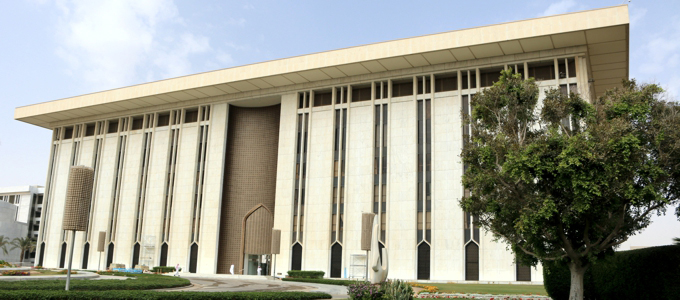Semantic interoperability is fast becoming a buzzword in the digital world. Semantic interoperability can be seen as a compilation of technologies. It enables computer systems to interact unambiguously and with shared meaning. According to industry experts, semantic interoperability is crucial to driving down the cost of integrating sub-systems. However, considering the future, it can also be the mainstay for developing autonomous operations in IoT.
Semantic interoperability, considered as the next big thing in Digi-tech, allows:
- Machine computable logic
- Inferencing
- Knowledge discovery
- Data federation between information systems
What does interoperability in e-governance mean?
A fundamental principle of e-governance is to ensure standard interpretation of information across all its entities and citizens. However, government ICT systems are often made without thinking if such an interpretation will be upheld. In case the ICT systems are not interpreted similarly by all stakeholders, semantic conflicts might happen.
The essential idea of semantic interoperability is to achieve improvement of application processing, integration and performance. Detailed descriptions of information and behavioural models ensure maintaining the exact meaning of exchanged information between ICT systems.
Semantic interoperability can ensure better services in an e-government scenario. It is because systems will communicate meaningfully through a shared digital government knowledge base. It will have a reference standard.
Globally, stakeholders of e-government initiatives recognise interoperability as a great tool to enhance service delivery management. The critical need is to address the issues and implement them quickly. Already, many e-government agencies are creating tools to aid the interchange of information between departments. In e-government, swaps happen while providing online public services to citizens and businesses.
Interoperability in governance connotes to the following components:
- Resolution on interoperability frameworks
- Organisational structures
- Roles and responsibilities
- Institutional arrangements
- Policies and agreements
- Other aspects of monitoring interoperability at national and global levels
E-government outfits in Europe and the USA have already created tools like interoperability frameworks and enterprise architectures. In both these countries, semantic technologies and standards have been incorporated into the interoperability frameworks. Experts view this incorporation as a mark of maturity. It is because interoperability has multi-dimensional potential. It can cover not only technical aspects but also semantic and organisational aspects.
The future of e-government lies in developing an interoperability model which applies to all digital public services. In the coming years, such a model will be considered integral to the interoperability-by-design paradigm.
The model will include:
- Four strata of interoperability, including legal, organisational, semantic and technical;
- It will have a cross-cutting factor of the four levels, called ‘integrated public service governance.’
- It will also have a background layer called ‘interoperability governance’.
Challenges
While semantic interoperability can greatly enhance e-governance, it will need political support. The support will enable cross-sectoral and cross-border interoperability efforts to aid collaboration between public administrations. However, stakeholders need to have a shared vision, objectives and align priorities to ensure practical cooperation.
Moreover, semantic interoperability between public administrations operates at different administrative levels. It will work well only when governments give adequate preference and allocate resources to the respective interoperability efforts.
A shortage of the essential in-house skill sets thwarts implementing interoperability policies. It is time countries start incorporating interoperability skills in their future strategies to enhance e-governance. They must acknowledge that interoperability is a multi-dimensional matter.






Comments